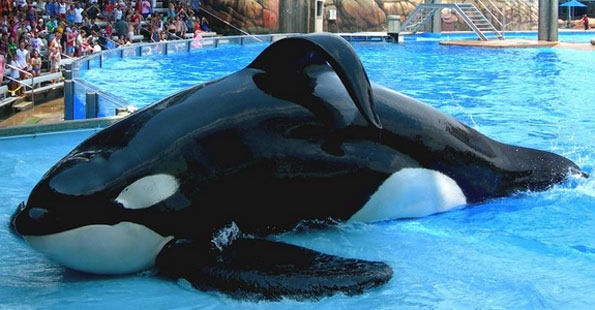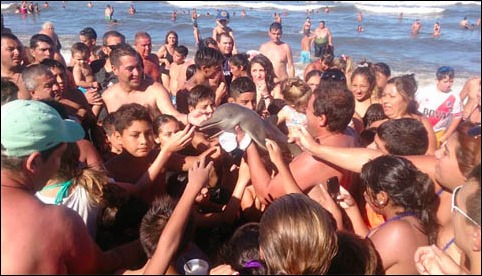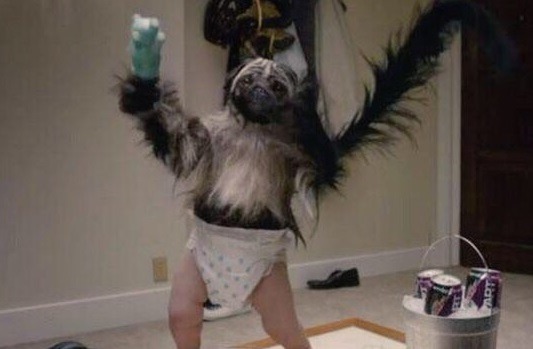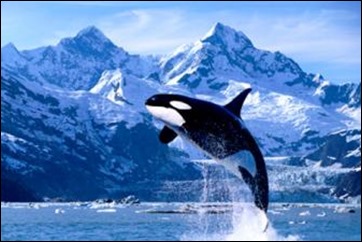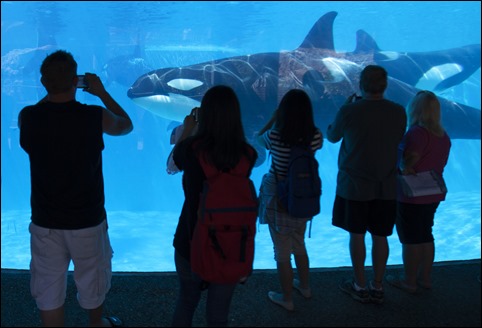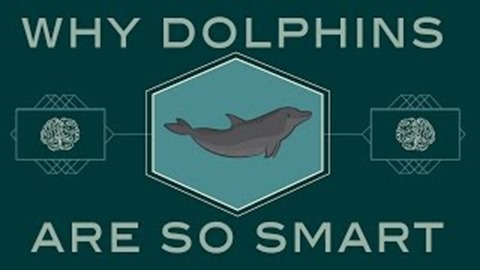As Tilikum Ails, Questions for SeaWorld
SeaWorld announced today that Tilikum, the orca at the center of the Blackfish documentary, is suffering from a drug-resistant lung infection (likely bacterial pneumonia) and is close to death.
The emotional outrage being heaped upon SeaWorld for its exploitation of these animals is fully justified. But the ongoing charade perpetuated by theme parks about the welfare of captive cetaceans also demands a response.
Let’s look at the facts based on the peer-reviewed scientific literature:
First: Tilikum is succumbing to the most common cause of death in captive cetaceans: pneumonia1. In today’s video announcement from SeaWorld, their veterinarian correctly notes that pneumonia is a cause of illness and death in wild cetaceans. But while wild orcas do die of pneumonia, its prevalence in captive cetaceans begs the question: How are they contracting this disease in the protected environment of captivity?
Second: Why, at the age of 35, is Tilikum considered “old”? SeaWorld correctly notes that the average life expectancy of male orcas in the wild is 30 (with the maximum about 60). But they also claim that captivity is a safer and healthier environment. So why are orcas like Tilikum not living to a ripe old age? This question has never been satisfactorily answered by the captivity industry.
Growing evidence of increased stress hormone levels in captive cetaceans lends alarming support to the hypothesized connection between captivity, chronic stress and mortality.
Third: Captive orcas (and other cetaceans) are routinely given antibiotics to ward off infections and, in particular, the systemic effects of bacteria from tooth decay brought about by habitual grating of the teeth on gates and tank walls. As it has been pointed out2, the immunosuppressive effects of chronic antibiotic use are well established in all animals, including humans. Tilikum is dying of an antibiotic-resistant strain of bacteria considered “difficult to treat” by the SeaWorld veterinarian in the video. This must have been foreseen by the veterinary staff, who know full well that chronic dosing of antibiotics leads to antibiotic resistance. If SeaWorld is trying to hold at bay bacterial infections from tooth decay through the continual use of antibiotics, and the continual use of antibiotics leads to drug-resistant infections, they have put the animals in an untenable situation.
Finally, captive cetaceans routinely succumb to illnesses that are known to be associated with stress-induced immunosuppression. The mechanism by which this occurs has been known for many years and is on the curriculum for every college student in an introductory physiology or psychology course. All animals, including humans, respond to stress by activating a wide array of behavioral and physiological responses that are collectively referred to as the stress response. Chronic stress leads to immune system dysfunction and, eventually, serious health problems3-5. There is growing evidence of increased stress hormone levels in captive cetaceans 6-8, which lends alarming support to the hypothesized connection between captivity, chronic stress and mortality.
In the Oath adopted by the American Veterinary Medical Association, veterinarians – including, presumably, the veterinarians at SeaWorld – solemnly swear “to use my scientific knowledge and skills for the benefit of society through the protection of animal health and welfare, the prevention and relief of animal suffering, the conservation of animal resources, the promotion of public health, and the advancement of medical knowledge.”
But the facts stated above tell a story of a solemn responsibility distorted by industry demands. It is time for the SeaWorld veterinarians to stop acting like spin doctors and start acting like real doctors.
Citations
1 The Merck Veterinary Manual (2015). http://www.merckvetmanual.com/mvm/exotic_and_laboratory_animals/marine_mammals/bacterial_diseases_of_marine_mammals.html
2Jett J & Ventre J (2012). Orca (Orcinus orca) captivity and vulnerability to mosquito-transmitted viruses. Journal of Marine Animals and Their Ecology 5(2): 9-16.
3Broom DM and Johnson KG (1993). Stress and Animal Welfare. Chapman & Hall: London, UK.
4Dohms JE & Metz A (1991). Stress-mechanisms of immunosuppression. Veterinary Immunology and Immunopathology 30(1): 89-109.
5 Sapolsky RM, Romero LM and Munck A (2000). How do glucocorticoids influence stress responses? Integrating permissive, suppressive, stimulatory, and preparative actions. Endocrine Review 21: 55-89.
6Clark LS, Cowan DF, Pfeiffer DC (2006). Morphological changes in the Atlantic bottlenose dolphin (Tursiops truncatus) adrenal gland associated with chronic stress. Journal of Comparative Pathology 135: 208-216.
7Spoon TR and Romano TA (2012). Neuroimmunological response of beluga whales (Delphinapterus leucas) to translocation and a novel social environment. Brain, Behavior and Immunity 26: 122-131.
8Ugaz C, Valdez RA, Romano MC and Galindo F (2013). Behavior and salivary cialis 20mg cortisol of captive dolphins (Tursiops truncatus) kept in open and closed facilities. Journal of Veterinary Behavior 8: 285-290.

